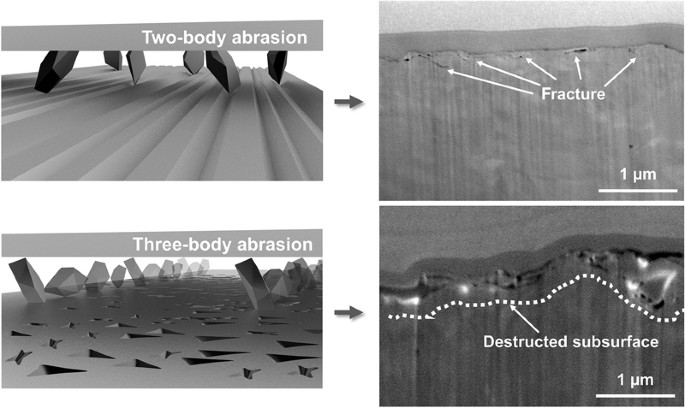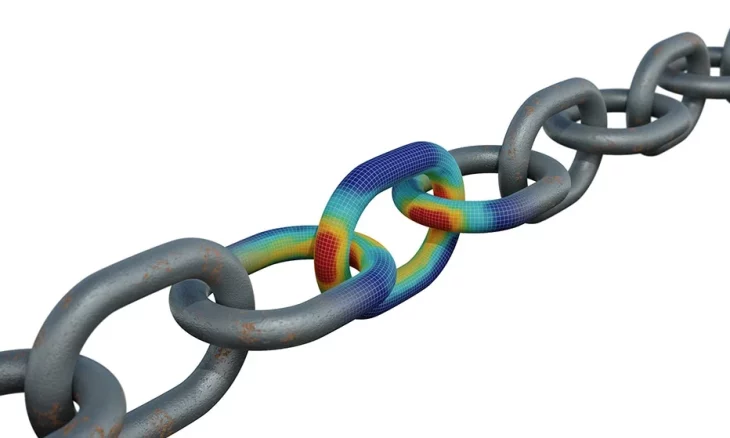The use of mesh quality metrics is an essential part of the automatic generation of unstructured initial meshes for finite elements. Without them, it is difficult to determine if the generated mesh possesses even the minimal quality necessary to undertake…
Recent Posts
At the the Tesla Cybertruck's original 2019 launch, it was claimed that the skin would be made of the same stainless steel that is used by sister company SpaceX for its coming Starship spacecraft. Since that time, We have known that Tesla…
Sliding wear is one of the challenging engineering problems which often ends up with the ablation of contact materials. A number of experimental precedure exists to determine the total volume of wear debris produced. These methods ocassionally involved in laboratory…
s an engineering student, navigating through the myriad of software options available can be both exciting and overwhelming. Thankfully, the digital age has brought forth a plethora of free and powerful tools that can enhance your learning experience, streamline your…
Contact types and behaviours are one of the most challanging issues in finite element solutions. Particularly, not only defining the correct contact type but also identifying the contact problems is often problematic. In this post we explained the details of…
Apple company announced during its Wonderlust event on Tuesday that the most premium material titanium will be ever used in an iPhone. In this post, We decided to dig into the topic of why Apple decided to use such material…
Load More







